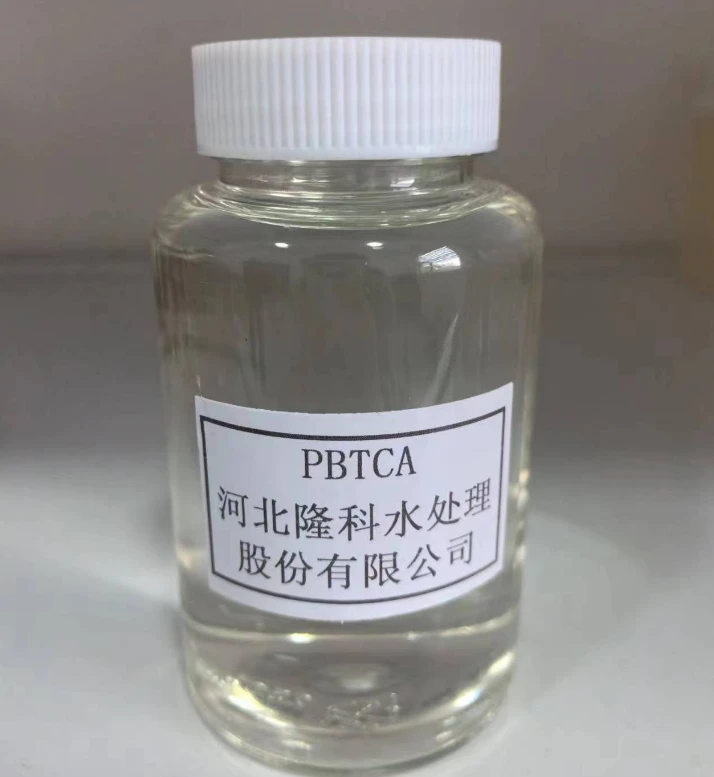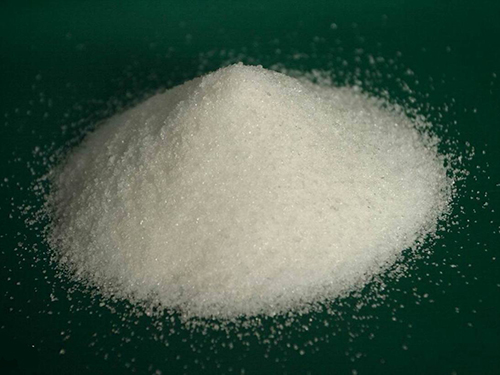កុម្ភៈ . 18, 2025 08:33
Back to list
polyaluminum chloride coagulant
In the world of water treatment, understanding the difference between flocculants and coagulants is crucial for ensuring effective purification processes, whether for municipal water treatment facilities or industrial applications. These compounds, while often used together, serve distinct roles in the process of clarifying water. By delving into their unique functionalities, mechanisms, and applications, we enhance our capacity to improve water quality, drive efficiency, and aid in environmental sustainability efforts.
The significance of flocculants lies in their ability to ensure efficient solid-liquid separation. Their action improves the sedimentation and filtration processes, leading to clearer water and reduced treatment times. This enhanced efficiency not only improves the overall throughput of water treatment facilities but also reduces operational costs associated with energy consumption and maintenance. Furthermore, by allowing for more efficient removal of impurities, flocculants contribute to the reduction of downstream treatment needs such as disinfection. In practice, the synergy between coagulants and flocculants is harnessed for optimal water treatment outcomes. This combination not only improves the clarity and quality of water but also enhances the removal of substances that could impact human health and aquatic environments. For operators and water treatment professionals, understanding the subtle interplay between these agents is crucial to tailoring solutions that meet regulatory standards and environmental goals. To maximize effectiveness, professionals must consider various parameters such as dosage, sequence of addition, mixing intensity, and contact time. Variations in source water quality demand careful selection and optimization of both coagulants and flocculants to achieve desired outcomes. Moreover, ongoing research and development continue to introduce novel compounds and formulations that promise greater efficiency and sustainability in water treatment practices. In conclusion, while flocculants and coagulants serve different functions in the water treatment process, their interdependence is vital for achieving high-quality water purification. By leveraging their distinct and complementary roles, water treatment professionals can maintain the balance needed to ensure clean, safe, and environmentally sustainable water resources for communities and industries alike. As regulations tighten and the demand for clean water intensifies globally, mastering the art and science of these treatment agents is more essential than ever. Emphasizing experience, expertise, authoritativeness, and trustworthiness in their application can significantly contribute to advancing the effectiveness of water treatment strategies.


The significance of flocculants lies in their ability to ensure efficient solid-liquid separation. Their action improves the sedimentation and filtration processes, leading to clearer water and reduced treatment times. This enhanced efficiency not only improves the overall throughput of water treatment facilities but also reduces operational costs associated with energy consumption and maintenance. Furthermore, by allowing for more efficient removal of impurities, flocculants contribute to the reduction of downstream treatment needs such as disinfection. In practice, the synergy between coagulants and flocculants is harnessed for optimal water treatment outcomes. This combination not only improves the clarity and quality of water but also enhances the removal of substances that could impact human health and aquatic environments. For operators and water treatment professionals, understanding the subtle interplay between these agents is crucial to tailoring solutions that meet regulatory standards and environmental goals. To maximize effectiveness, professionals must consider various parameters such as dosage, sequence of addition, mixing intensity, and contact time. Variations in source water quality demand careful selection and optimization of both coagulants and flocculants to achieve desired outcomes. Moreover, ongoing research and development continue to introduce novel compounds and formulations that promise greater efficiency and sustainability in water treatment practices. In conclusion, while flocculants and coagulants serve different functions in the water treatment process, their interdependence is vital for achieving high-quality water purification. By leveraging their distinct and complementary roles, water treatment professionals can maintain the balance needed to ensure clean, safe, and environmentally sustainable water resources for communities and industries alike. As regulations tighten and the demand for clean water intensifies globally, mastering the art and science of these treatment agents is more essential than ever. Emphasizing experience, expertise, authoritativeness, and trustworthiness in their application can significantly contribute to advancing the effectiveness of water treatment strategies.
Share
Latest news
-
Pbtc Scale InhibitorPBTC: A Scale Protector for Industrial Water TreatmentNewsAug.05,2025
-
Organic Phosphonate: An Efficient Defender in the Field of Scale InhibitionNewsAug.05,2025
-
Hydrolyzed Polymaleic Anhydride: Green Pioneer in Scale Inhibition FieldNewsAug.05,2025
-
PAPEMP Polyamino Polyether Methylene Phosphonic Acid For SaleNewsAug.05,2025
-
Flocculant Water Treatment: A Pioneer in Purification in the Field of Water TreatmentNewsAug.05,2025
-
Benzyl Isothiazolinone: An Efficient and Broad-Spectrum Antibacterial Protective GuardNewsAug.05,2025





